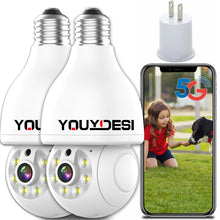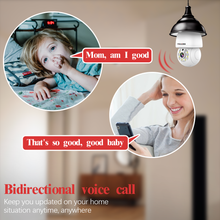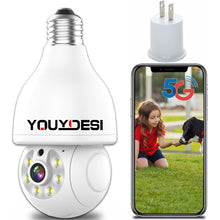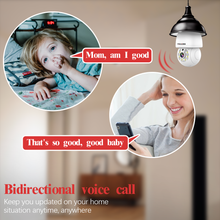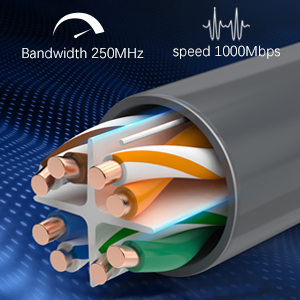From the perspective of surveillance system providers, users often need to adjust camera solutions according to their specific needs, and they may even request customized development for surveillance cameras. It's clear that for the majority of users, the primary requirement is to achieve the clearest image possible. Other requirements are determined based on the specific monitoring environment and objectives, such as ultra-wide-range monitoring, long-distance monitoring, precise identification of people and vehicles, monitoring in special environments, and more. Through communication with users, subjective requirements are translated into objective numerical specifications. This can include criteria such as the horizontal field of view angle, required resolution, monitoring distance, and specific targets that need to be clearly observed.
On the other hand, from the user's perspective, facing the diverse array of surveillance solutions offered by security and surveillance companies, how does one choose the right surveillance solution? How does one select the appropriate surveillance camera? These are questions that users need to consider.
So, as the security industry in the new era, it is crucial to adapt to changing demands, focus on fundamental improvements, and fulfill consumer needs and desired features. Technological innovation is the key to achieving this. Whether it's a light bulb camera or a wireless camera, the ability to cater to the evolving requirements of the surveillance industry is paramount.

